|
Due to the pandemic, we won't do much travelling this year. However, I did want to visit at least one museum new to me that has some medieval embroidery on display. As my husband cannot get time off work due to, you guessed it, the pandemic, we decided to visit the Germanisches Nationalmuseum in Nuremberg. It is huge, so we will need to return. This time we concentrated on the medieval embroidery on display. There's not much, but the pieces that are on display are rather magnificent! What to think of this hairnet (Inv. Nr. GEW 2980) from the 13th-century? It was apparently found in the grave of a Hessian landgrave. Very fine filet embroidery on silk net. Look at this reliquary pouch made in Trier around AD 993 (Inv. Nr. KG 562). It was my favourite piece on display. Extremely hard to photograph as it is placed on a glass plate above a mirror as the back looks very different. The pouch consists of silk fabric embroidered with metallic threads, metal shapes, glass, gemstones and silk threads. Unfortunately, it does not come across well in the pictures, but this piece has a real presence. It never ceases to amaze me how long ago these pieces were made and how well they have survived. It's like somebody blogging about St. Laurence in AD 3047 :). This rather large piece of very fine silk embroidery on fine linen (Inv. Nr. GEW 2464) was probably used as an altar cloth or antependium. It shows Christ in the winepress and the Seat of Mercy. It was embroidered in a Nuremberg convent around AD 1370. Look how fine the split stitches are and the use of colour and shading is superb. You can even see the design drawing on the very fine linen. This tiny medallion shows John the Baptist in very fine silk and pearl embroidery (Inv. Nr. GEW 2430a). It was made in the 13th or 14th-century in Byzantium.
That's enough eye-candy for now! I hope you enjoyed seeing some beautiful embroidery from so long ago. During August, I am taking a break from blogging. See you again in September with, hopefully, more details on the next online goldwork embroidery course!
15 Comments
What is Royal Garden? This is a counted canvas/needlepoint design by Debbie Rowley of Debbee Designs. FiberTalk organises a SAL for it. Yesterday, saw the first live-show in which Debbie demonstrated the double fan doubles stitch. There will be future live-shows, but there doesn't seem to be a schedule for them yet. Counted needlepoint uses embroidery stitches such as: waffle stitch, walnettos, Jessicas, crescents, sword amadeus etc. to form colourful and highly textured geometric designs. You use a plethora of speciality threads like those produced by Rainbow Gallery, together with stranded cotton and perle. Counted needlepoint is huge in the USA, but not very well known in Europe. That's precisely why I joined the SAL! The embroidery technique is not very difficult as long as the instructions are well-written and clear. And Debbie's instructions are. However, I did stumble upon a few mistakes. I've pointed them out to Debbie and she has corrected them in her master-copy. Future instruction booklets will be updated. However, if you already own a copy, you might benefit from knowing what these mistakes are: - on page 5, the before last sentence should read: 'Bring the needle up one hole above 5 and park the needle on top of the canvas.' - on the master chart, there are two blocks of reverse Scotch stitches missing on the right-hand side just right of the waffle stitches. - the numbering in Diagram 31 on page 22 is partly illegible. If you email Debbie (address on the instruction booklet) she will happily mail a correct diagram to you. It was all plain sailing until I hit the weaving on page 32 :). I just could not get it to look pretty. And my hands hurt a great deal after working only one side. Asking Debbie for help during the live-show did provide me with some helpful tips on how to manage this stitch, but I kept struggling. As one of the points of advice was to perhaps change the stitch, I decided to do just that. To keep a bit of a 'woven look', I opted for condensed Scotch stitch. It worked a treat! If you would like to swap the woven filling stitch for the Condensed Scotch stitch, I think you will be able to use the above photograph for stitch placement.
Who else is joining in with the Royal Garden fun? If you are after a book with lots of pretty pictures of medieval embroidery on vestments, this is not it. Yes, there are some pretty pictures in there, but it is not what the book is all about. Why do I still think it is worth your time? It has a very interesting chapter on the role of women in making vestments and donating them. As the author places their making into the wider context of church reform during the Middle Ages, it explains a lot about the position of women today in the Western world. From the late 12th-century onwards, increased urbanisation leads to a dominance of the textile trades by men. Especially the 'higher end' of the market is dominated by them. That's why I have written in several blog posts that certain vestments I saw in museums were most likely made by men. The written data for the Late medieval period and beyond from the Netherlands does, for instance, not mention one female embroiderer. But this had not always been the case. The author, Maureen Miller, writes that when we know the name of the maker of earlier vestments, it is always a woman. And here the labour is divided up too: slaves for the 'hard labour' of growing, spinning, weaving, dying etc. and elite women for the fashioning of the vestment. For the more elaborate vestments, male religious would assist with the designing. Why would women spend time and money on creating (and maintaining) these elaborate vestments? Maureen Miller comes up with several explanations. Firstly, from the ninth century, ecclesiastical legislation prohibited women from entering the church sanctuary or come near the altar. By providing vestments, these women were present at the altar. Secondly, by cultivating such a relationship with clergy, these women could exercise some influence for themselves, but most likely for their families. Maureen Miller thus rightly asks how freely were these gifts really given? In addition, these relationships between elite women and clergy were always viewed with suspicion. On the one side, elaborate stories about the piety of the women who worked these vestments were drawn up (reciting scripture or singing psalms whilst working). On the other hand, there were plenty of stories in which the 'lewdness of the female maker' transferred through the vestments onto the wearer. These poor clergy felt mightily uneasy when it came to women making and maintaining their intimate clothing.
At the same time, there is a wider reform going on in the church. In order to claim status and visualise hierarchy, an ornate style of vestments started to emerge in the 9th century in Anglo-Saxon England and Francia (modern-day Normandy and parts of Belgium). By the 11th-century it had spread throughout Europe. The makers of this new ornate style were women. They (unwittingly?) provided part of the means with which the Gregorian reforms could be implemented (most notably clerical celibacy). These were particularly bad for the position of European women as they emphasised extreme notions of purity. These ideas live on in particular in the Catholic church till today. And those poor holy men? They were relieved when they could order their splendid vestments from men in urban centres. They no longer needed to foster close relationships with women to obtain and maintain their vestments. For the visualisation of their status, they no longer depended on women. Women lost a way to exercise their influence. But they lost so much more. Till today, in many Christian traditions, women are not seen as pure enough to serve at the altar. Argue in the other direction and time might have come to strip these holy men of their fancy clothes in order to restore some much-needed balance between the sexes! Literature Miller, M.C. (2014): Clothing the clercy. Virtue and power in Medieval Europe, c. 800-1200. Cornell University Press. |
Want to keep up with my embroidery adventures? Sign up for my weekly Newsletter to get notified of new blogs, courses and workshops!
Liked my blog? Please consider making a donation or becoming a Patron so that I can keep up the good work and my blog ad-free!
Categories
All
Archives
July 2024
|
Contact: info(at)jessicagrimm.com
Copyright Dr Jessica M. Grimm - Mandlweg 3, 82488 Ettal, Deutschland - +49(0)8822 2782219 (Monday, Tuesday, Friday & Saturday 9.00-17.00 CET)
Impressum - Legal Notice - Datenschutzerklärung - Privacy Policy - Webshop ABG - Widerrufsrecht - Disclaimer
Copyright Dr Jessica M. Grimm - Mandlweg 3, 82488 Ettal, Deutschland - +49(0)8822 2782219 (Monday, Tuesday, Friday & Saturday 9.00-17.00 CET)
Impressum - Legal Notice - Datenschutzerklärung - Privacy Policy - Webshop ABG - Widerrufsrecht - Disclaimer

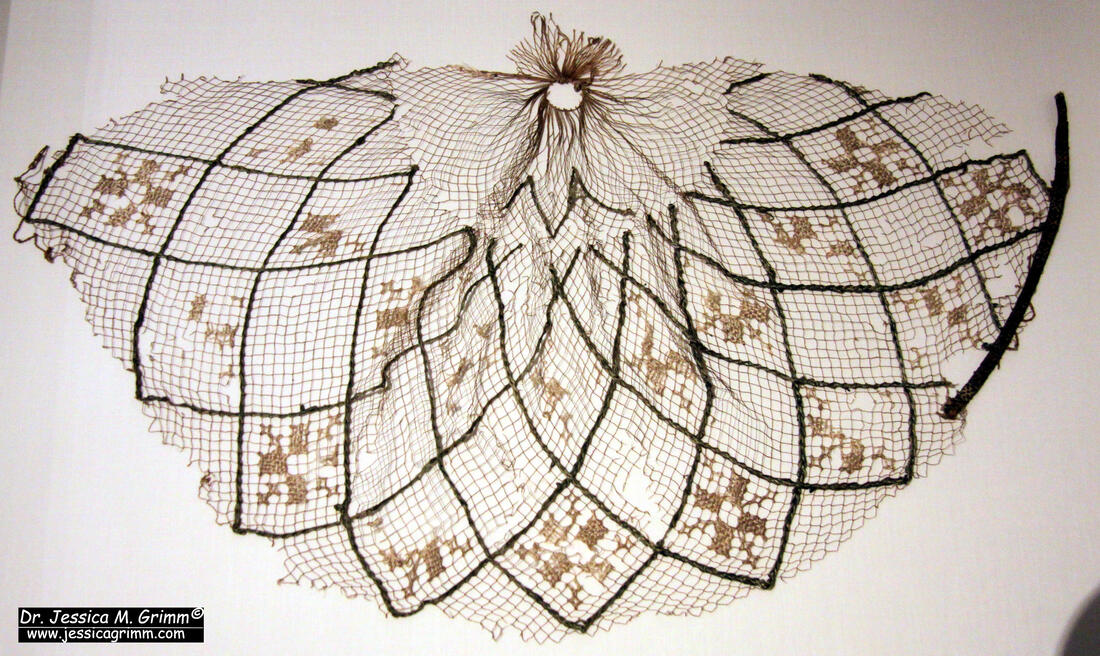
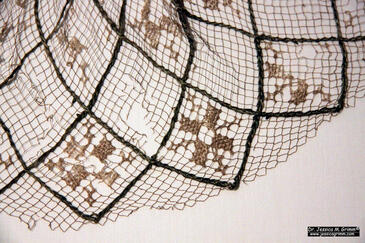
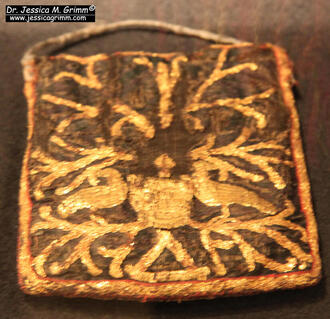
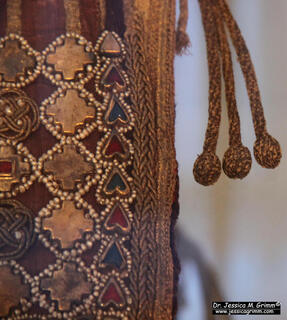
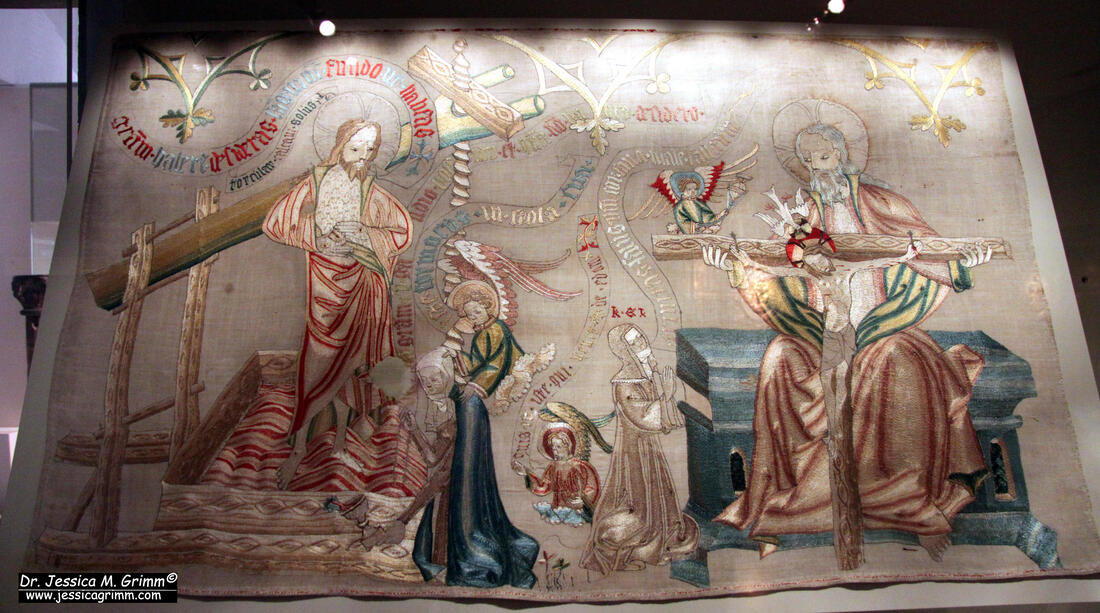
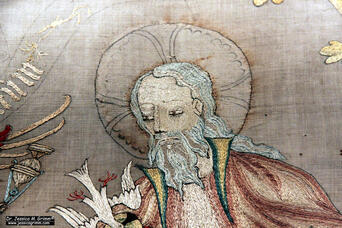
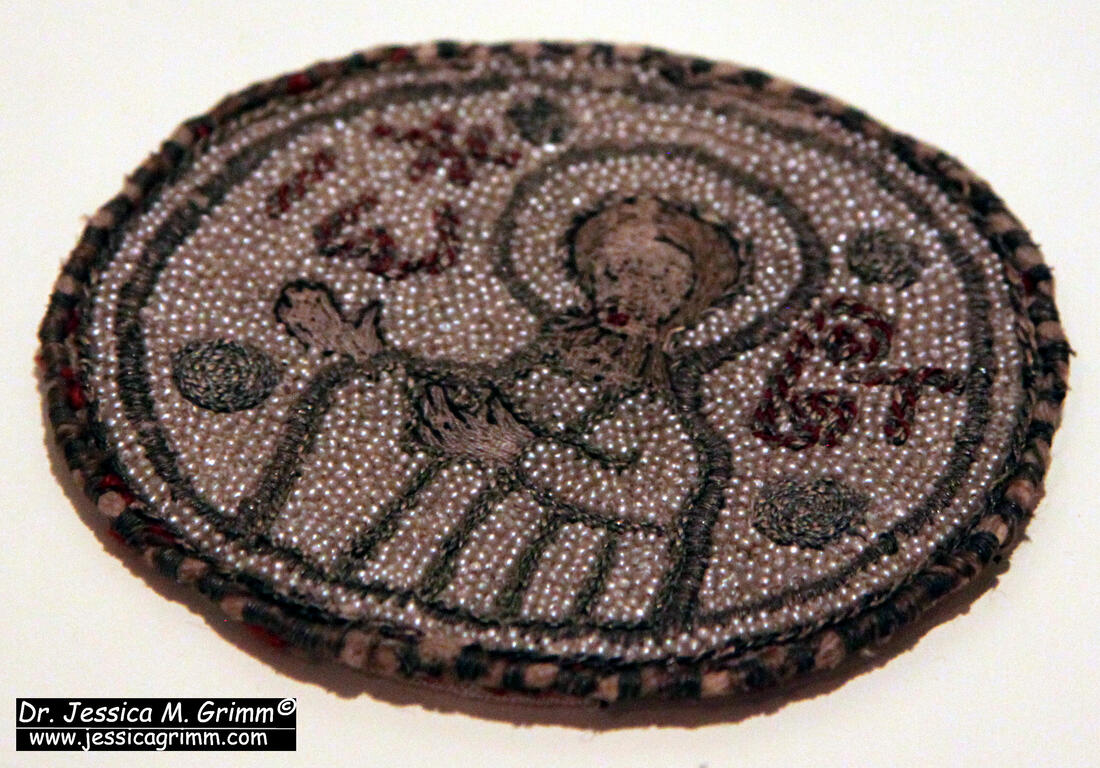
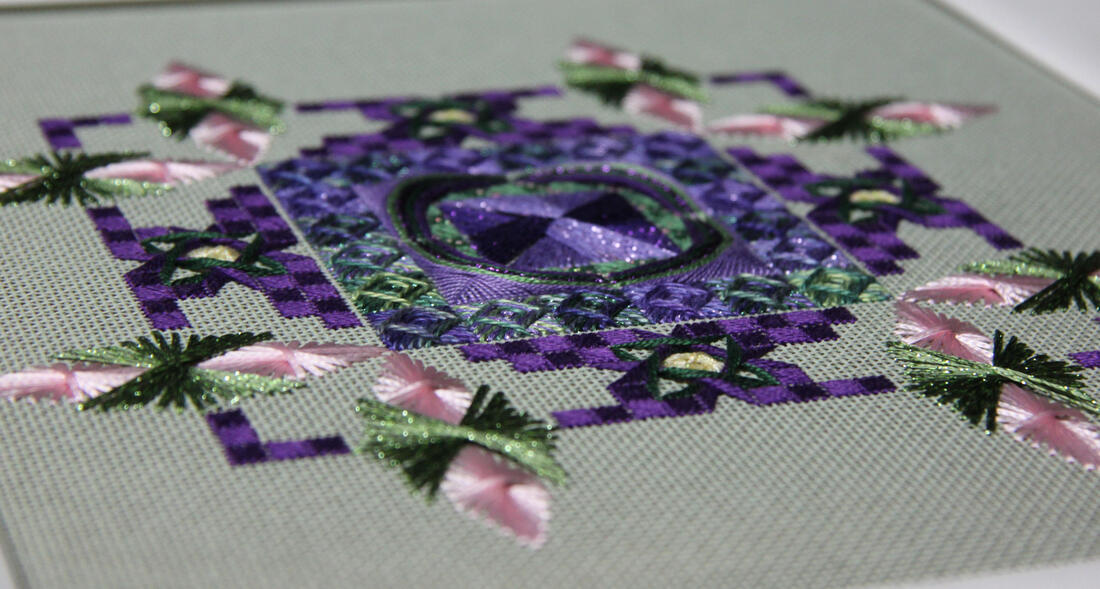
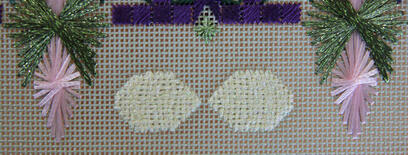
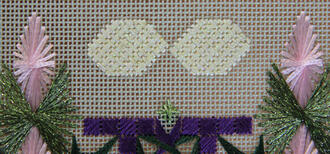
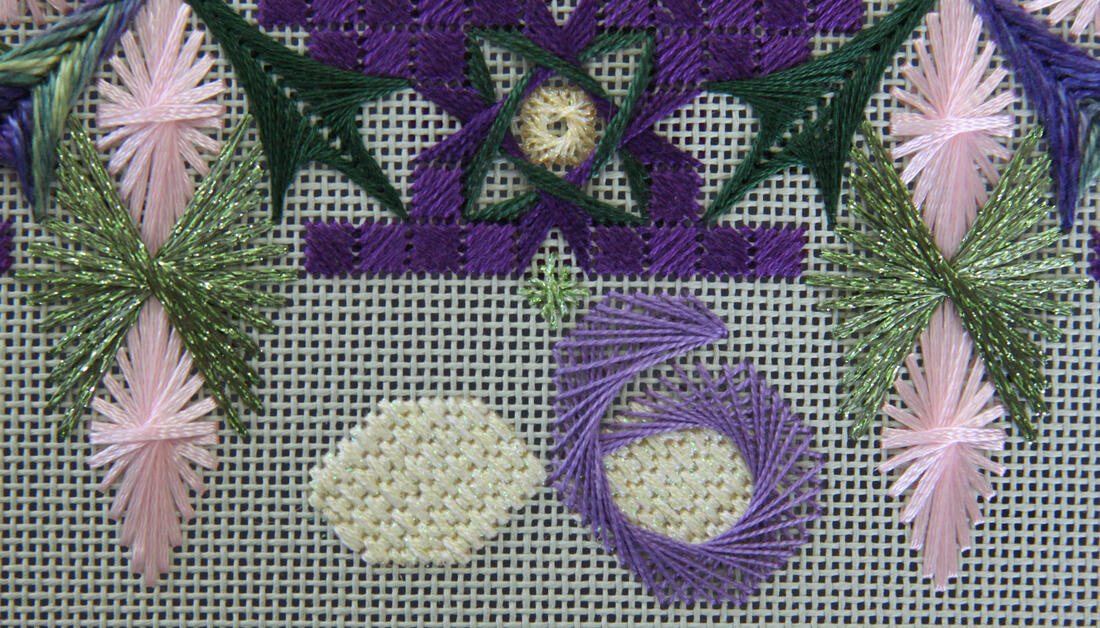
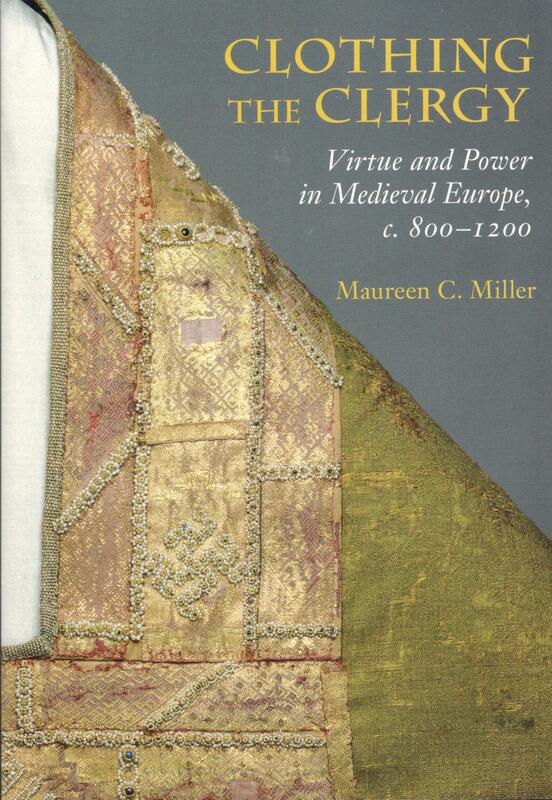





 RSS Feed
RSS Feed